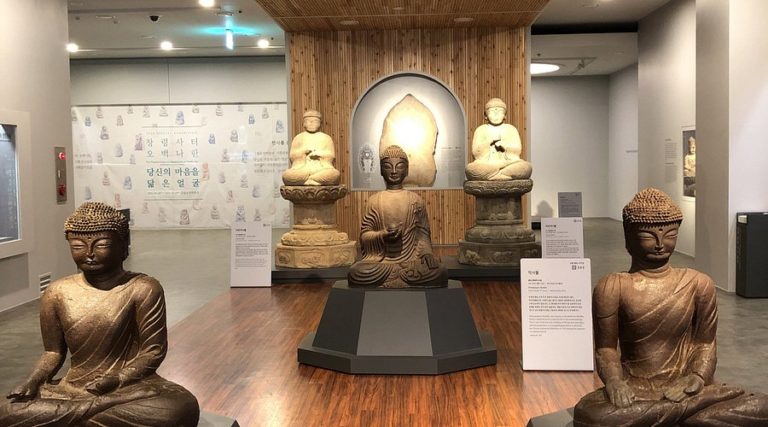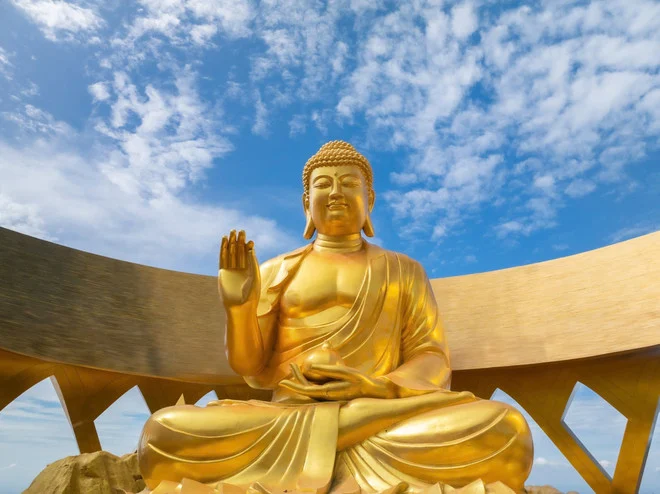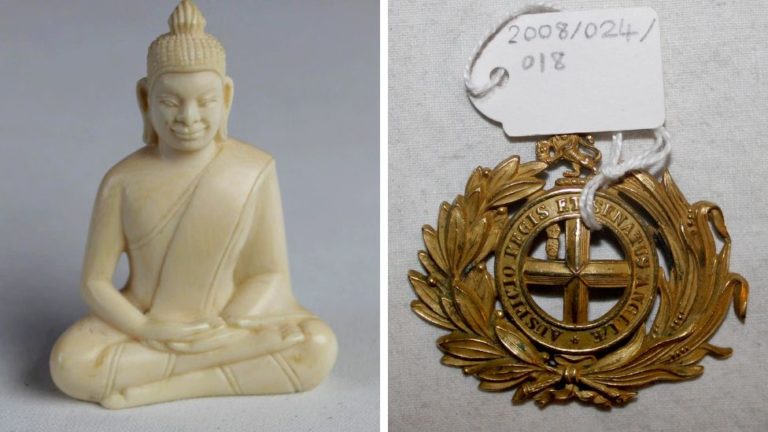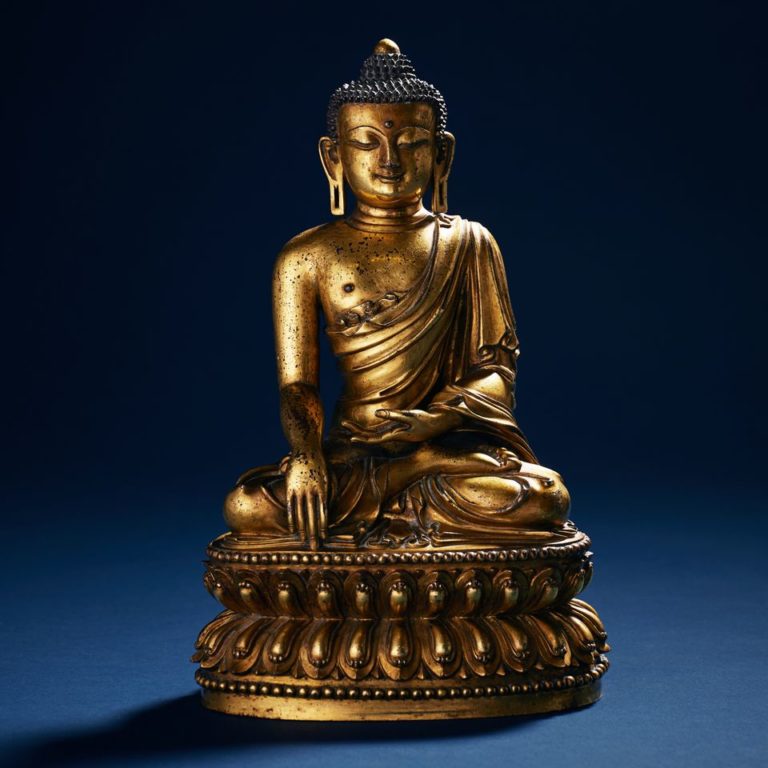Jajpur: The famous Buddhist sites of Odisha, Lalitgiri-Udayagiri-Ratnagiri, are surrounded by a diamond triangle on the Buddhist tourism map. Thousands of Buddhist monuments, including Buddhist Mahaviharas and Mahastupas, have been discovered from archaeological excavations.
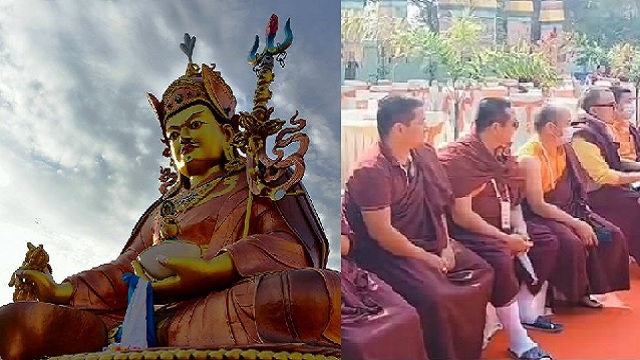
Evidence has been found that the holy remains of Guru Padmasambhava, considered as the second Buddha, are located in Udayagiri in Jajpur district of Odisha.
In addition, Biraja Kshetra has been recognized as his meditation site. After authentic information was found that this legend was born in erstwhile Odisha and also breathed his last on this soil, the maiden Guru Padmasambhava Buddhist prayer ceremony has been organized in Odisha for the first time.
The great Buddhist Guru Padmasambhava of the 8th century is considered as the second Buddha in the Buddhism, culture and history of ancient India. His birthplace was ‘Uddiyan’ in the erstwhile Sambalpur Bhukhanda of ancient Odisha.
Renowned Buddhism researcher Prabir Patnaik has reportedly presented strong evidences for this. The holy relics of Padmasambhava, the son of King Indrabhuti, are preserved in the area adjacent to the world-famous Buddhist shrine of Madhavpur Singhprastha Buddhist Mahavihara in Udayagiri in the modern Jajpur district.
Evidence of his holy relics is found in the stone inscriptions here. At times, the birthplace of Padmasambhava has been shown at different places internationally. Yet, many writings including researcher Prabir Patnaik’s essay, Guru Padmasambhava born in Odisha, have attracted lovers of Buddhism.
After new information and discussions about the eighth century Buddisht Guru Padmasambhava came to light, a Guru Padmasambhava ceremony is being held at the famous Buddhist monastery of Udayagiri in Odisha to learn more about him.
About 1500 Buddhist monks and religious leaders from as many as 17 countries have participated in this conference.
Guru Padmasambhava, who had incarnated in the 8th century, is believed by historians as the adopted son of king and Buddhist Guru Indrabhuti, the king of modern Sambalpur (then known as Sambalak).
Reportedly, king Indrabhuti, who was mourning the death of his only son, adopted a baby sleeping on a lotus flower blooming in the Dhankosha Lake near the palace as his own son. The baby was named Padmasambhava as he incarnated from a lotus.
However, later, the king had reportedly abandoned Padmasambhava because he was the accused of killing the minister’s son. Accordingly, Padmasambhava left erstwhile Sambalaka and went to Udayagiri Lalitgiri in Uddiyan to practice rigorous meditation and attain Bodhi (enlightenment).
Later he went to Pushpagiri University and later Nalanda University, where he received higher education for a few years and went to Tibet to preach the Dharma. There, Padmasambhava became known as Guru Rinpoche and introduced the Lamaism.
The birth and death of Guru Padmasambhava, the second incarnation of Lord Buddha, took place in Odisha. It has been said that this conference, which is being organized in collaboration with the Central and State Governments, will be organized every year to learn about him.

